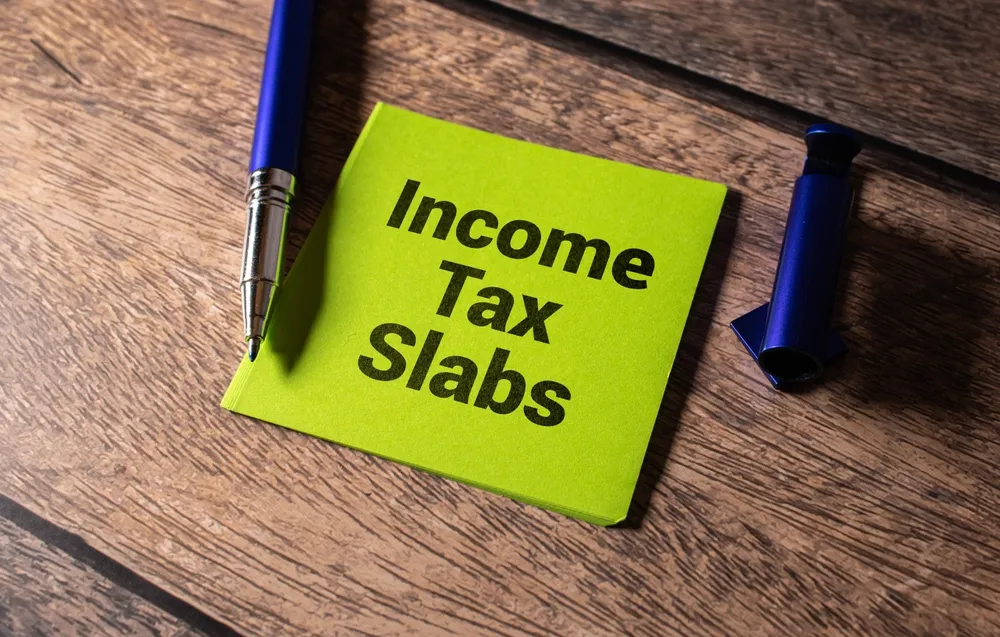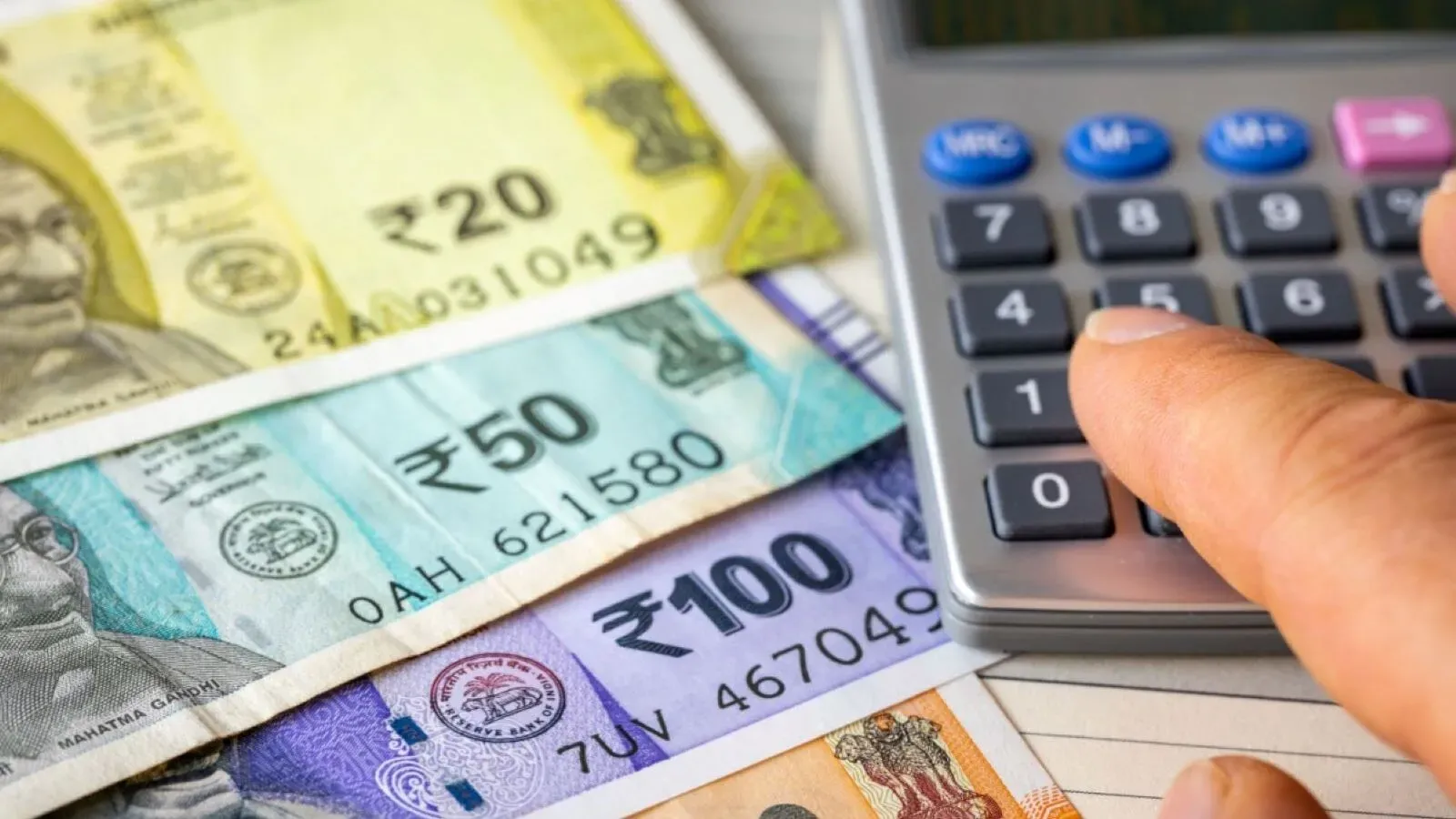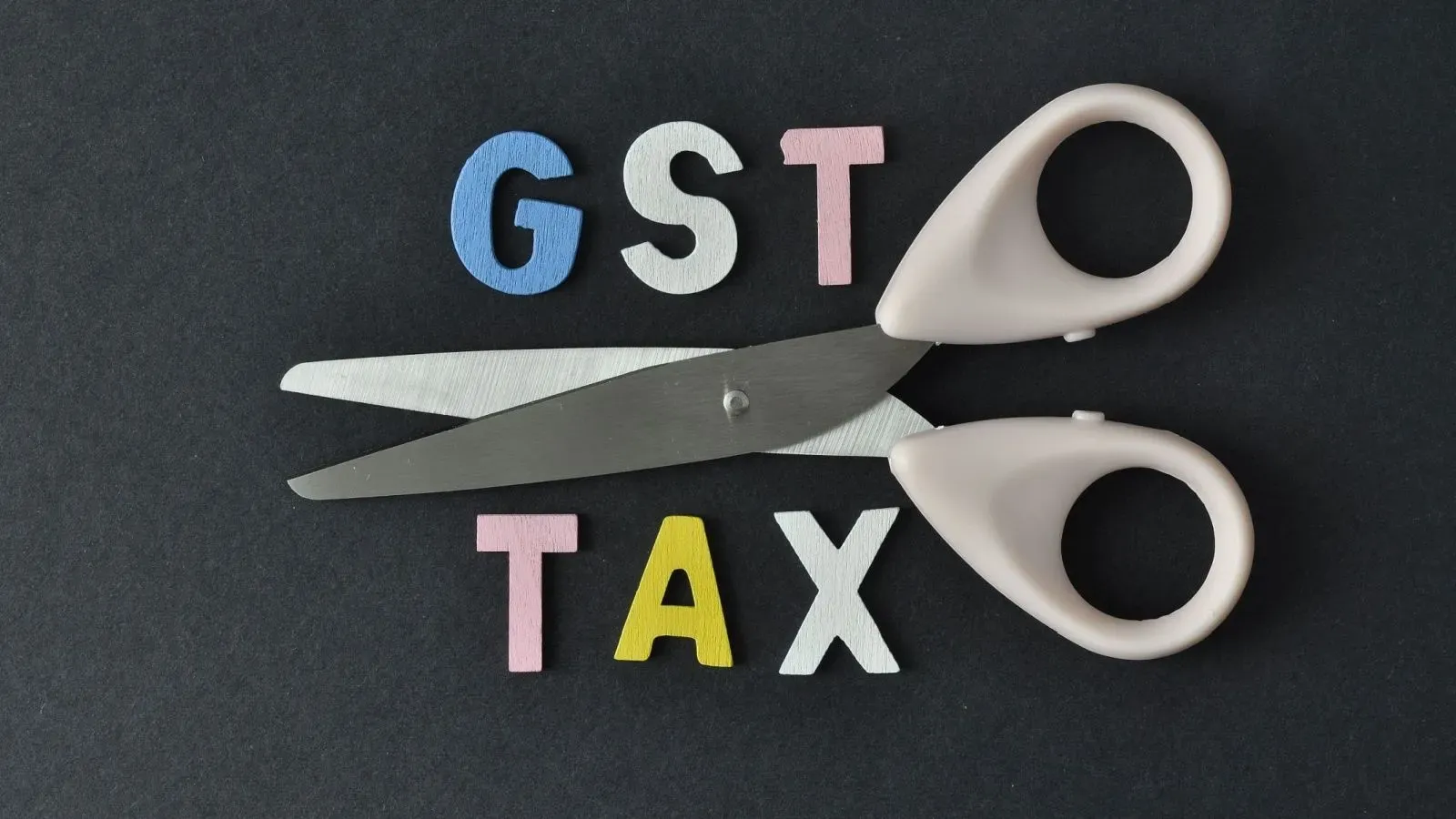Personal Finance News
Salaried? Here's a quick guide to decide between New Tax Regime vs Old Regime for FY 2025-26

3 min read | Updated on April 03, 2025, 18:33 IST
SUMMARY
This is an important time for salaried employees as their HR departments will soon ask them to choose between the old and new tax regimes. Based on their choice, the employer will deduct advance tax from the monthly salary.

If you want tax exemptions/deductions, go for old regime. If not then go for the default regime. | Image source: Shutterstock
Income tax slab and rate changes announced in Budget 2025-26 have come into effect with the beginning of the new Financial Year 2025-26 on April 1, 2025.
This is an important time for salaried employees as their HR departments will soon ask them to choose between the old and new tax regimes. Based on their choice, the employer will deduct advance tax from the monthly salary after taking into account all available exemptions and deductions.
If you are still confused about which of the two regimes is better for you, here's a quick guide to help you decide.
1. Be clear about the difference between the new and old tax regimes
In the old regime, you could claim tax deductions against your investments in various tax-saving schemes. These include NPS, PPF, SCSS, ELSS, tax-saver FD, and more. You can also claim a deduction against health insurance premiums, donations to charities as well as tuition fees for your kids.
Additionally, up to ₹2 lakh of home loan interest can be claimed as a deduction under the old regime. Tax exemptions like HRA, Standard Deduction, etc., can also be availed in the old regime.
However, no such deductions are allowed in the new regime. For salaried persons, however, the employer's contribution towards NPS and EPF is exempted from tax. There is also a standard deduction of ₹75,000 allowed in the new tax regime.
So, if you want tax exemptions/deductions, go for old regime. If not then go for the default regime, i.e. the new tax regime.
But wait, a lot of employees may not need to claim tax deductions and exemptions as explained in the point below.
2. New regime is a no-brainer if your taxable salary is ₹12 lakh
Under the new tax regime, no tax will apply if your taxable salary is ₹12 lakh in FY 2025-26.
You can find your taxable salary by deducting all exemptions and deductions from your salary package. Note that the only deduction allowed in the new regime is your standard deduction of ₹75,000. Further, employers' contributions towards NPS and EPF are also exempted.
The amount after reducing the standard deduction and the employer's NPS and EPF contributions from the total salary will be your total taxable income. If this amount is less than ₹12 lakh or marginally over ₹12 lakh, you can simply opt for the new regime.
3. What to do if the taxable salary is higher than ₹12 lakh?
However, it can be complicated in case you have income from multiple sources and not just salary. In such a situation, it is better to take the help of a tax expert.
Related News
By signing up you agree to Upstox’s Terms & Conditions
About The Author





